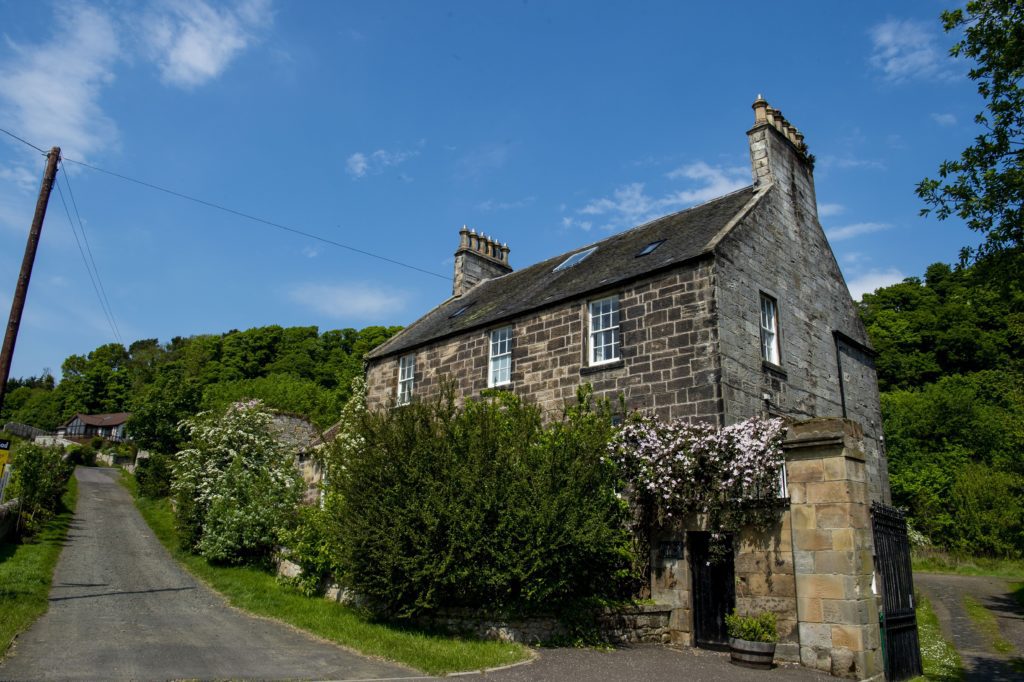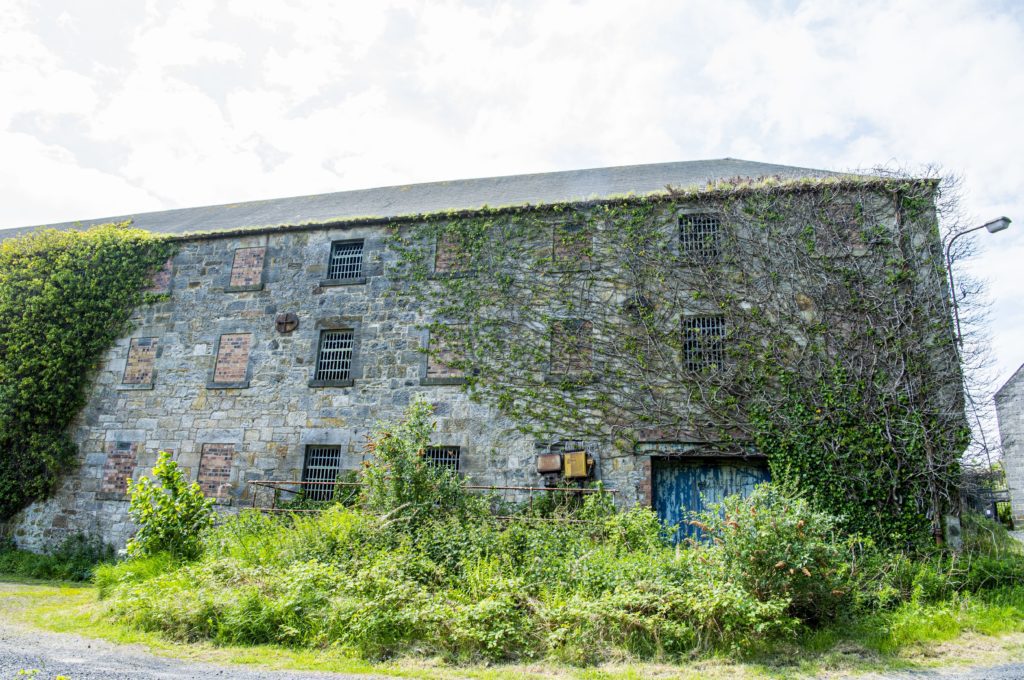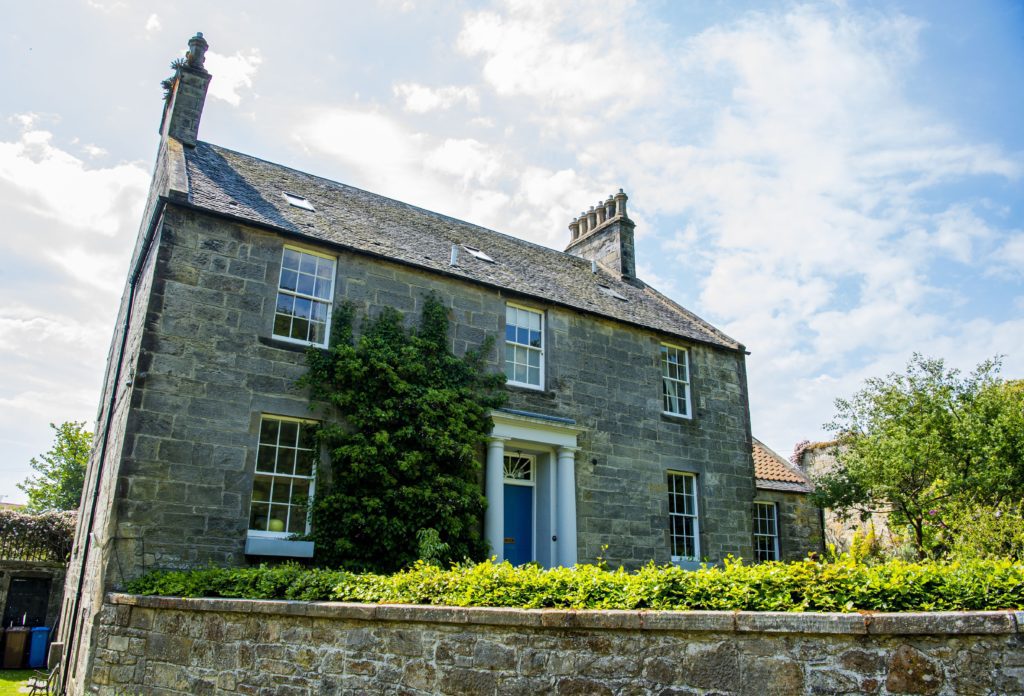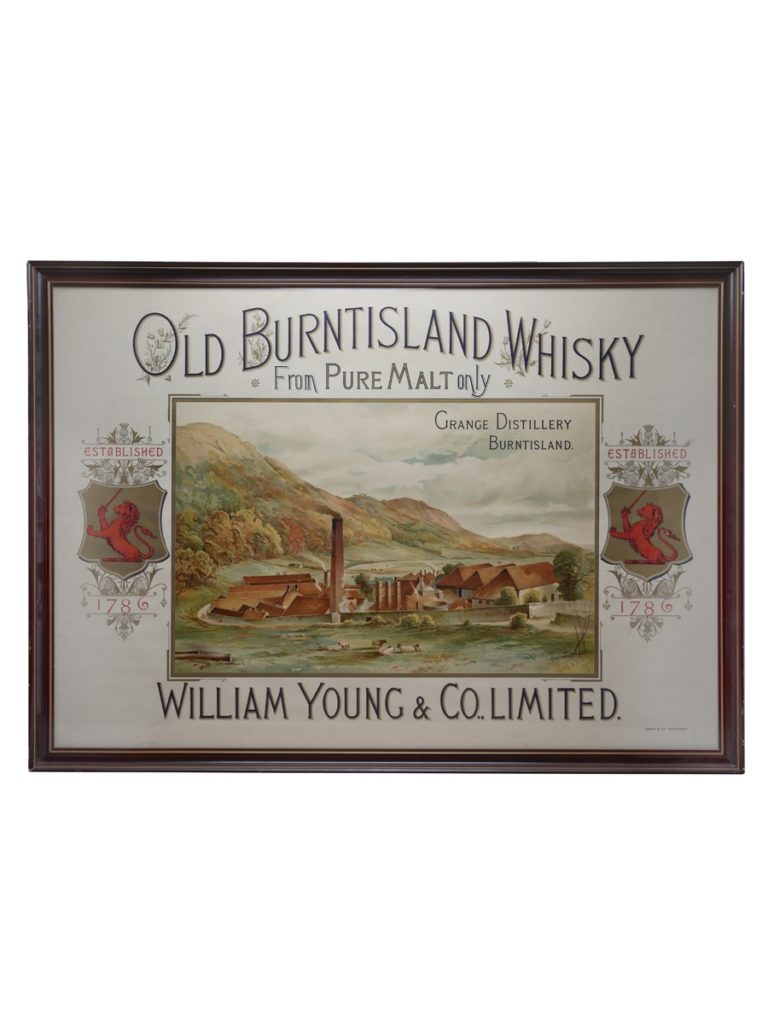
For such a small town, Burntisland has had a huge industrial past, from processing shale oil to being the site of a major aluminium works.
But the coastal community was also once home to a large whisky distillery which is now almost completely gone and, for the most part, forgotten.
The Grange Distillery was first established as a brewery in 1767, with proprietors Messrs Boog and Thomson agreeing a deal with the council to pay £55 per year in tax for permission to supply beer and ale locally.
It wasn’t until 1786 that it became a distillery, as local whisky consultant Mitch Bechard, explains: “At this time there were a lot of distilleries in Fife making spirit that was being sent down to England to become gin or vodka, they weren’t making whisky.
"When you look at one of the reasons why we have this lowland style of whisky, which is very light and very delicate, it is because a lot of these distilleries had really large stills so they could create a lot of liquid for shipping down south.”


This process carried on for years, until a law was passed stopping it, so distillers in these huge operations in Scotland had to get creative.
The Grange moved into whisky making and continued distilling for 130 years.
It has always been linked to a local family - the Youngs - who owned the farm on which it stood. It’s not clear whether they operated or leased it, but what is well documented is the lengthy legal battle the family got into over the water supply for the distillery.
The distillery got its water from two burns, the Binn and the Lonsdale (or Lansdale) and this supply was set to be disrupted by the expansion plans for the Grange quarry.
“The old site of the Grange quarry was opened in 1887 by David Logan,” Mitch explains.
“As the plans for the quarry expanded, this led to a furious 40 year legal battle about the rights for the water source, which the Youngs eventually won.
In February 1899 David Logan was ordered to install a 1 million gallon reservoir to the cost of 600 pounds, which is still in existence today.”
The Grange was also thought to be the first distillery in Scotland to use a Coffey still, which was installed in 1883. Invented by Aeneas Coffey, this modified continuous column still made it a cheaper and more productive way to distill alcohol.
Whisky historian Alfred Barnard visited The Grange between 1884 and 1886 when he was travelling around Scotland.
He noted the sheer scale of production for the time, stating that the distillery was producing 650,000 gallons of whisky - between 6000 and 7000 litres a week. And that it had 260,000 gallons that had to be made under pressure of orders.


After a rebuild in 1806, the Grange was licensed to William Young and Co. It’s this name that can be seen on ‘Old Burntisland whisky’ labels - a whisky so rare it sold for around £90,000 at auction.
In 1914 William Young, as a limited company, joined four other whisky companies (Clydesdale, Wishaw; St Magdalene, Linlithgow; Glenkinchie, Pencaitland and Rosebank, Falkirk) to form Scottish Malt Distillers Ltd (SMD), which eventually went on to become Diageo.
The Grange’s main market was America and the distillery’s location in the town made it ideal for shipping its wares.
Prohibition meant production ceased in 1927 but the warehouses were used until 1987 when they were decommissioned.
Now all that remains of the distillery are the old manager’s house, the bonded warehouse, a cottage and another distillery house, which has been converted into flats.


Andrew Burton and his wife Grace Kinsella have owned the distillery manager’s house for the past five years, and lease the top floor, two bed flat for Airbnb guests.
It was the original features and sense of history that attracted Andrew and Grace to their home, plus the space for their combined family of six children.
“We acquired the house after a lot of the really horrible work had been done by previous owners - things like repairing the roof and putting in new central heating.
"They managed to keep a lot of the, the original listed features of the building like fireplaces, and the alcoves and some of the windows.” Andrew says.
Grace uses the expansive home for her interior design business, which is located there, and they’ve welcomed Airbnb guests from around the world.
Andrew has spent some time looking into the history of his home and the distillery, including what happened to ‘Old Burntisland’.


“I’ve looked around quite a bit to see who owns the Old Burntisland brand and there doesn't seem to be any evidence that the brand itself still exists or that anyone has got it protected.
"We did think of doing a blend called Old Burntisland and having a bit of fun with that,” Andrew says.
With the current boom in the whisky market, the upturn in lowland malt production, and ‘ghost’ distilleries Rosebank and Falkirk from the original Scottish Malt Distillers Ltd back up and running, is there any hope for a ‘reborn’ Grange Distillery or Old Buntisland whisky?
Andrew explains that, for around 30 years the site has been designated for housing by Fife Council, but the land would need deep excavation due to the water works that run underneath.
Andrew would love to see another distillery here. “We'd be really, really disappointed if the distillery disappeared under a mass of modern houses,” Andrew says.
“This house is 220 years old, and the site has been brewing or distilling since the mid 18th century. There are artefacts in here that are hundreds of years old, that people don't know about.
"If someone came along and wanted to open a micro distillery here, it would be really interesting."


